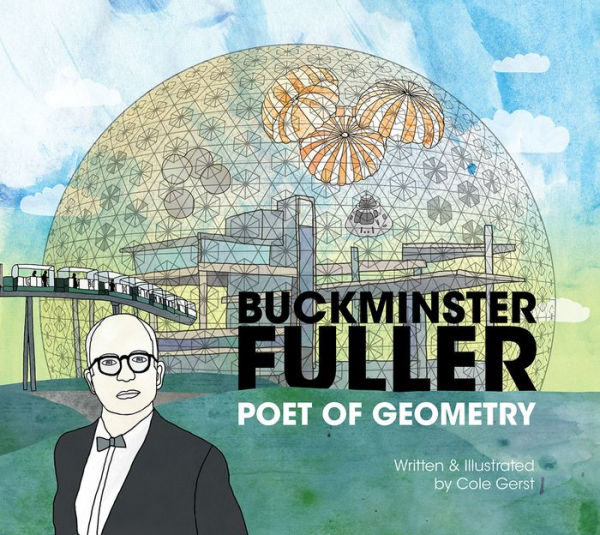In Buckminster Fuller: Poet of Geometry author artist and designer Cole Gerst brings us the illustrated life story of renowned 20th century inventor and utopian visionary, Buckminster Fuller. Most known for inventing the geodesic dome, Bucky Fuller dedicated his life to solving problems for humanity by doing more with less. Fuller’s ideas continue to influence generations of designers, architects, scientists, and artists working to create a more sustainable planet. This richly written and illustrated biography with over 140 full color images reflects on the importance of Fuller’s work during his lifetime and highlights how his ideas are even more relevant today than ever.







